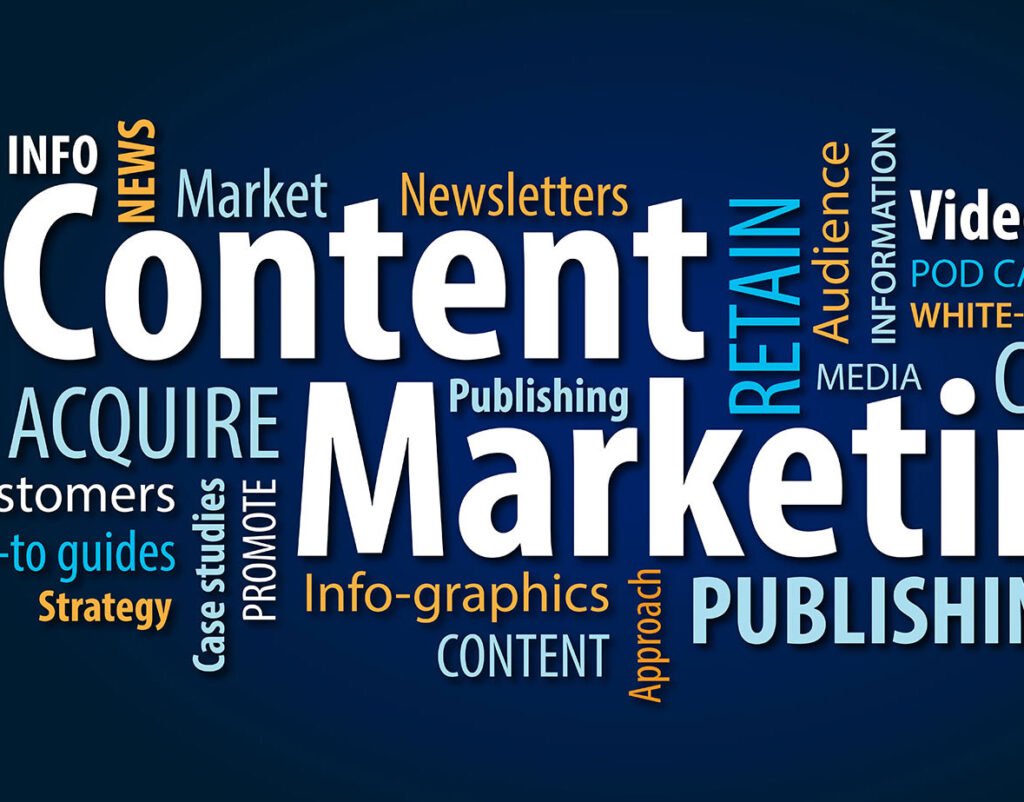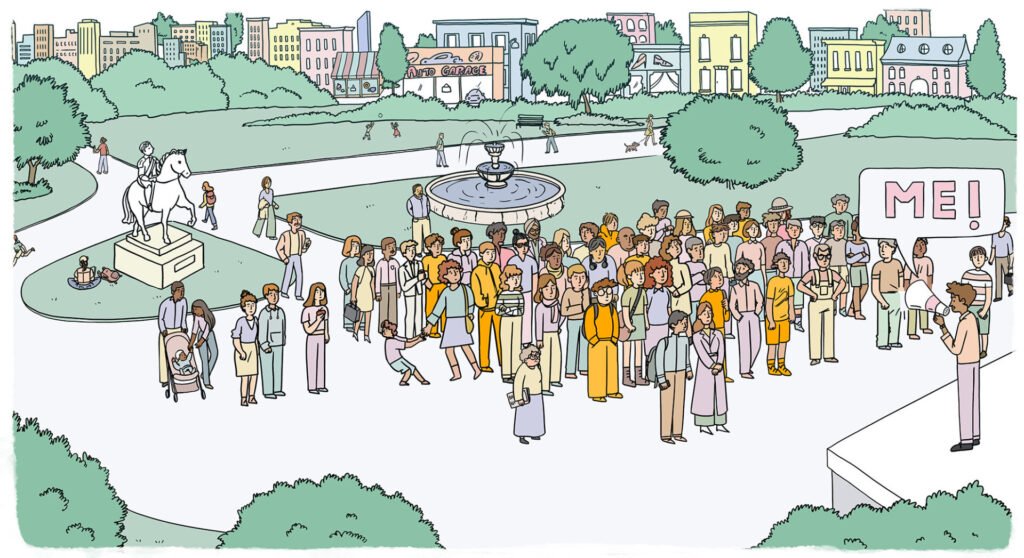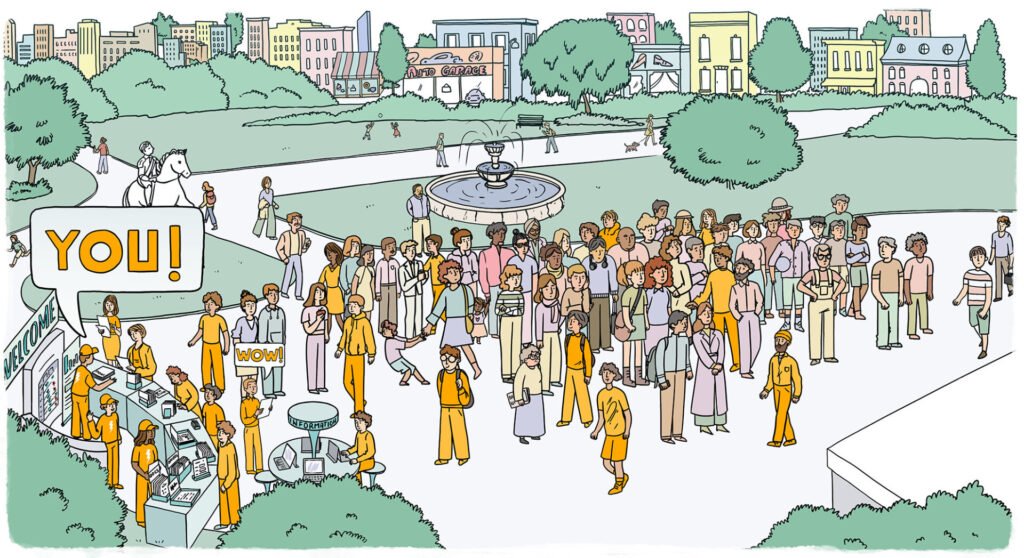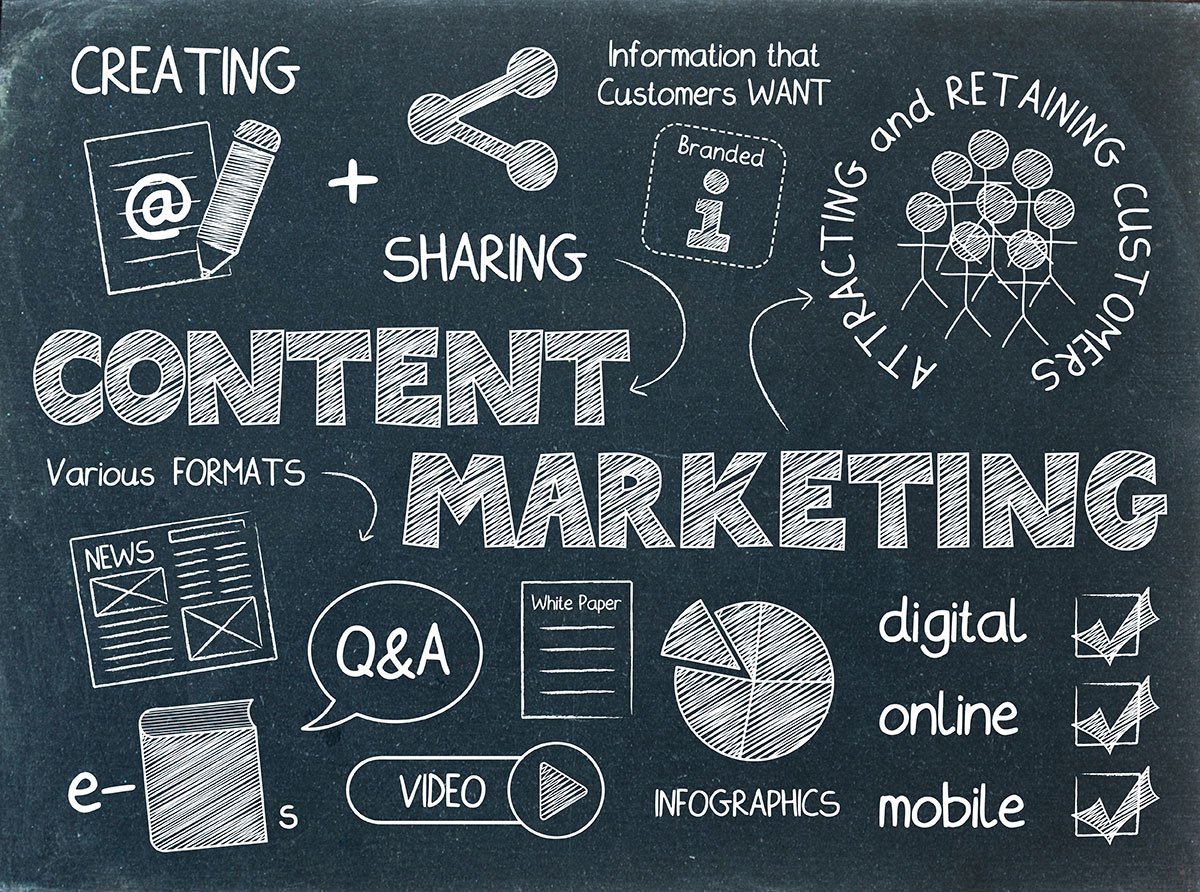If Your Blog And Web Copy Are Seller-Centric They Don't Count As 'Content Marketing'
A lot of companies don’t realize that the copy and ‘content’ on their website, comprised of information about themselves, isn’t actual ‘content’ as meant by ‘content marketing’; content that helps buyers. Such content might as well be a brochure, which nobody will ever seek you out to read. These fake content types – wittingly or unwittingly – are an ask, dressed up as an offer. You’re offering to speak about yourself, and asking people to care and to listen. They will not, and this is the No. 1 reason your web traffic is poor.

Brochures, capability statements, data sheets, case studies, and flattering graphical comparisons are not the objective, agnostic ‘content’ people seek in their Buyer Journey.
Brochures don’t drive traffic because they are you, talking about yourself, which nobody wants to read.
And Google knows this, so they don’t point anybody to you. It’s actually a fairly simple mechanism to understand.
Buyers are interested in getting answers to their questions, which is almost never achieved by listening to you try to sell them, or talk about your product or service. If you have –
- Informational content on websites;
- Brochures;
- Data sheets;
- Whitepapers;
- Graphics where your product or service compares favorably;
- Newsletters about your developments, new hires, expansions, etc.;
- Trials;
- Freemiums;
- Discounts;
…you are offering faux content. The above are seller-centric ‘content’ or offers, masquerading as useful, buyer-centric, content or offers.
Real content helps people answer questions and get information – whether that information leads them to buy from your company, or not. Real content has objective value. Real content is offered upfront, for free, and with no strings. Real content is buyer-centric, not seller-centric.
The most common mistake we find in ‘content marketing’ is that people create content that serves them (the company) and which has no agnostic or objective value. Some examples, below, aren’t suitable as ‘offerings’ because they have contingent, or subjective, value; they are worthless unless someone buys your product or unless someone wants to give you their attention. Or they’re a kind of disingenuous offer – a discount.
What You're Doing - Interrupting People To Talk About Yourself

What You Want To Be Doing - Helping People And Being A Thought Leader

Brochures, data sheets, flattering graphical comparisons, discounts, trials, and freemiums are not ‘content offers’ in that they have no objective value; they only have contingent or subjective value – that is, if someone buys, your product. They’re an ‘ask’ dressed up as an ‘offer.’
According to our research and our actual practices, until the very end of a Buyer Journey, people just aren’t interested in your ads. At some point, you need data sheets and brochures. But if these are the bulk of your ‘content,’ you don’t have content marketing.





